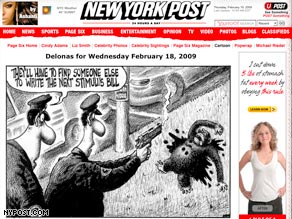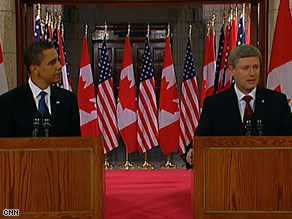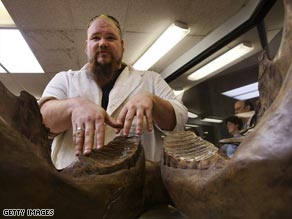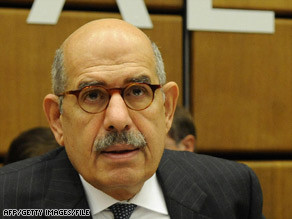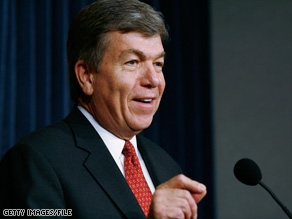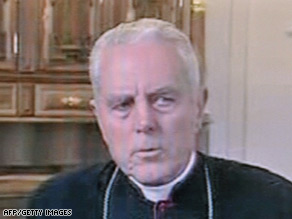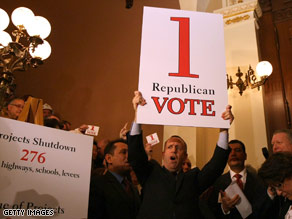
How can the country that gave the world the Kama Sutra be so prudish? It’s a longstanding cliché to note that India has produced both the world’s most famous guide to love and erotic pleasure and some of the most conservative social rules this side of Saudi Arabia on such questions as kissing in public. That paradox was on display once again this week in the firestorm that swept India following a seemingly innocuous — and obviously staged — celebrity kiss on the cheek at an AIDS-awareness event.
The nationwide furor began when Hollywood actor Richard Gere and
Bollywood actress Shilpa Shetty appeared together at an AIDS-awareness function in New Delhi last Sunday. The event was supposed to highlight the risky sexual behavior of truck drivers, who have some of the highest rates of HIV infection in India. At one point in the proceedings, Gere embraced Shetty, bent her back in an exaggerated kind of dance hold and kissed her on the cheek. If it looked slightly awkward, Shetty said later, that’s because it was unexpected. “Richard does not understand Hindi,” she told a press conference. “All he knows is that Bollywood is all about song and dance. So, he decided to give a dance pose with me to entertain the crowd.”
But it may be more than than the Hindi language that Gere did not understand: His dance move and smooch on the cheek went way beyond what is acceptable, at least according to India’s Hindu nationalists who claim that Shetty has dishonored her culture. Protestors burned Gere and Shetty in effigy, and now plan to lodge a complaint against Shetty with the police. “How much can you degrade yourself because you are being paid money to make an appearance” asked Sumit Mishra, of the youth wing of the Hindu nationalist BJP party in the state of Bhopal. As a foreigner, said Mishra, Gere could be excused. “We are not bothered about how many times he kisses how many women in Hollywood. We are
troubled with Shilpa’s behavior. When the man was being outrageously indecent before a large gathering, why did she keep giggling” Mishra railed to the Times of India newspaper. “That encouraged him more. Why didn’t she protest”
But were the protests generated by real indignation, or were they just a ploy by the BJP and other nationalist parties to bolster their support Sudhir Kakar, who has written a novel based on the Kama Sutra and one of dozens of new translations of the ancient text, says the answer is both. “The people who protest want the masses to be offended by [the kiss],” says Kakar, a psychoanalyst and a former senior fellow at the Center for Study of World Religions at Harvard. “They want people not to go down the road towards erotic freedom. There’s a struggle going on for their votes, actually.”
This Indian version of America’s “culture wars” is at a much earlier
stage than its U.S. equivalent. The upper middle class that Kakar says is finally becoming “free from the sexual conservatism of the past” is still quite small, especially in comparison with the hundreds of millions who remain culturally conservative, if markedly less strident than the Hindu hard-liners Indian newspapers dub “the moral brigade.”
It’s this silent majority, says Kakar, whose anger the extremists are trying to arouse. “The main thing is family, so they see any kind of
sexuality as a threat to the family,” he says.
Shetty believes those protesting the incident are missing the point. “It is such a small issue,” she told reporters after the Gere brouhaha exploded. “Actually, I think it is not even an issue. There are bigger issues like AIDS in our country, which no one seems to be interested in talking about.” As politicians around the world know, though, it’s always easier to exploit controversy than tackle the difficult stuff.

